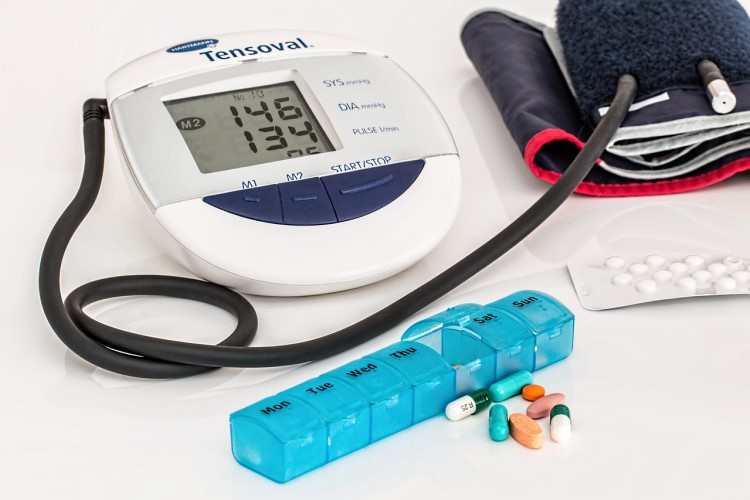- CONTACT US
- Self-care
- General Health

Spinal curvature is basic to posture. But willpower alone cannot help. For example, working long hours at a small desk will eventually cause you to slouch. That's why having supportive tools — like chairs, desks, mattresses and pillows—help keep you in alignment.
So are the "ergonomic" fads actually worth it—chairs, pillows, pens and keyboards?
When I first heard these words, I also thought it was corporate jargon. However, while studying lifestyle medicine I learned that ergonomics is an engineering-based discipline dating back to WWII. The primary goal? To design tools that follow natural body biomechanics.
Make no mistake: Ergonomics truly does help to lessen body fatigue.
Genuine ergonomics must be checked against one overarching principle: your spinal curvature
The spine consists of vertebrae linked together, functioning collectively as a spring with multiple joints. In neutral position, it has four natural curves:
1. Cervical curve (neck, anterior)
2. Thoracic curvature (posterior)
3. Lumbar curve (anterior)
4. Sacral curvature (posterior)
When these curves properly align, it evenly distributes vertebral pressure enhancing comfort and reducing risk of injuries.
But except for the constant sacral curve, poor posture over time usually alters cervical, thoracic and lumbar regions. Text neck from prolonged phone use causes cervical curvature to collapse, while lumbar slouching induces —and leads in lower back pain (kyphosis).
The fix? Choose home/office tools that support these curves.Such wise choices of equipments help you prevent spinal problems and relieve the existing ones.
Below we discuss tool-selection strategies for cervical, thoracic and lumbar regions — typically the most prone to strain.
Core Concepts:
- Support at the cervical level: Tools should help you avoid a forward head posture (e.g., Contoured Pillows; adjustable Monitor Stands).
- Thoracic Alignment: Your desk/chair setup should be shoulders open (approx. 90° elbow angle, with shoulders relaxed).
- Lumbar Support: Chairs that provide natural lordosis in your lumbar spine (e.g., dynamic systems).
Ergonomic Check:
1. Adjustable height/angle to your body dimensions
2. Material conformity (supportive foam vs. hard surfaces)
3. Adaptivity to motion (postural changes within a given task)
How it works: Good ergonomic tools can redistribute gravitational load to muscles/ligaments — reducing compression on the intervertebral discs by a staggering 40% (Spine Research, University of Vermont).
In summary: real ergonomics is biomechanical symbiosis not gimmicky devices. By using tools designed to speak the language of your spine, you can make daily environments into active health systems.
LATEST POSTS
 Should You Take Calcium Supplements and How?
Should You Take Calcium Supplements and How? Weekend Health Checklist
Weekend Health Checklist Diet, exercise, and stress management can also improve gut microbiota
Diet, exercise, and stress management can also improve gut microbiota How to Optimize Vitamin D Supplementation
How to Optimize Vitamin D Supplementation How to supplement probiotics to improve gut microbiota?
How to supplement probiotics to improve gut microbiota? Lack of sleep emerges as a major trigger for heart disease
Lack of sleep emerges as a major trigger for heart disease Health Check: Weekly Average Step Count and Distribution
Health Check: Weekly Average Step Count and Distribution Skin Cleansing the Right Way: Avoid Over-cleansing
Skin Cleansing the Right Way: Avoid Over-cleansing How to Pick Cervical Spine Support Tools
How to Pick Cervical Spine Support Tools













